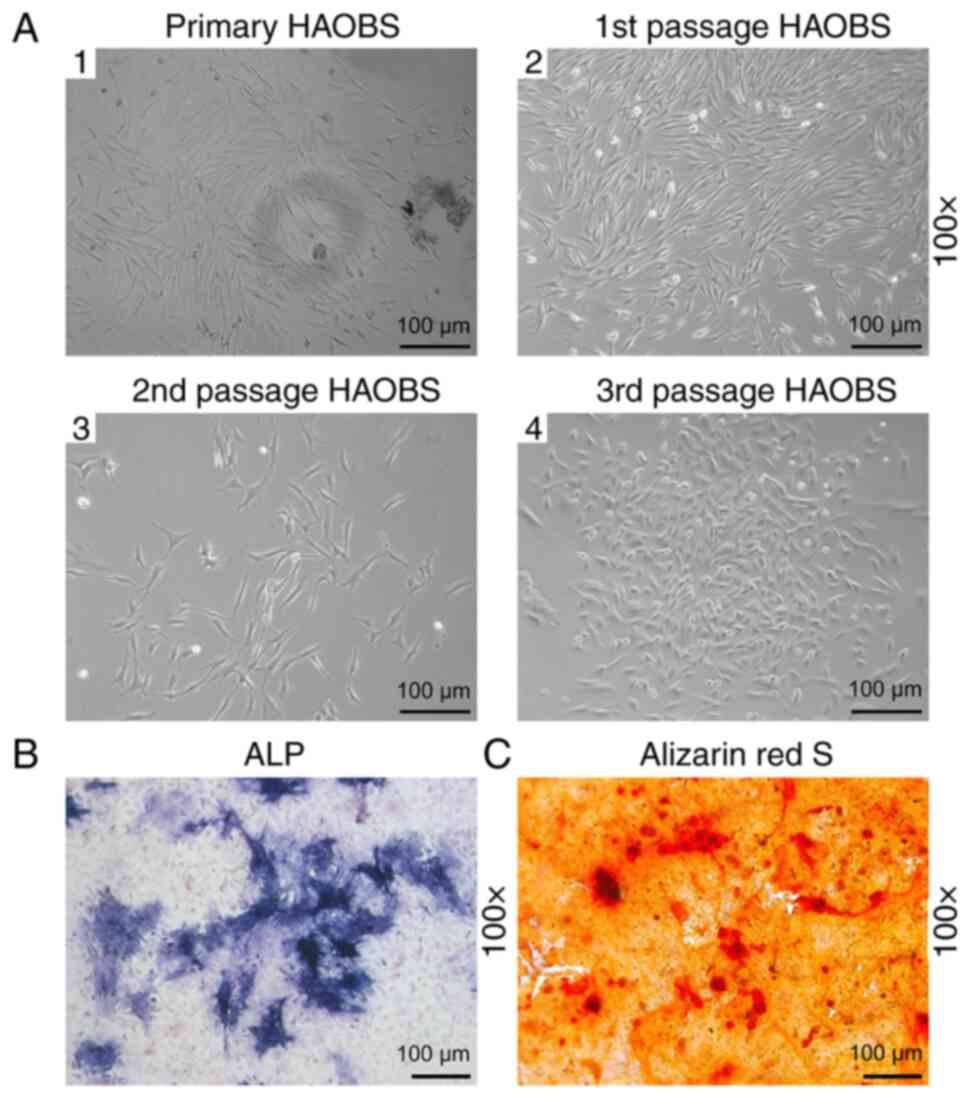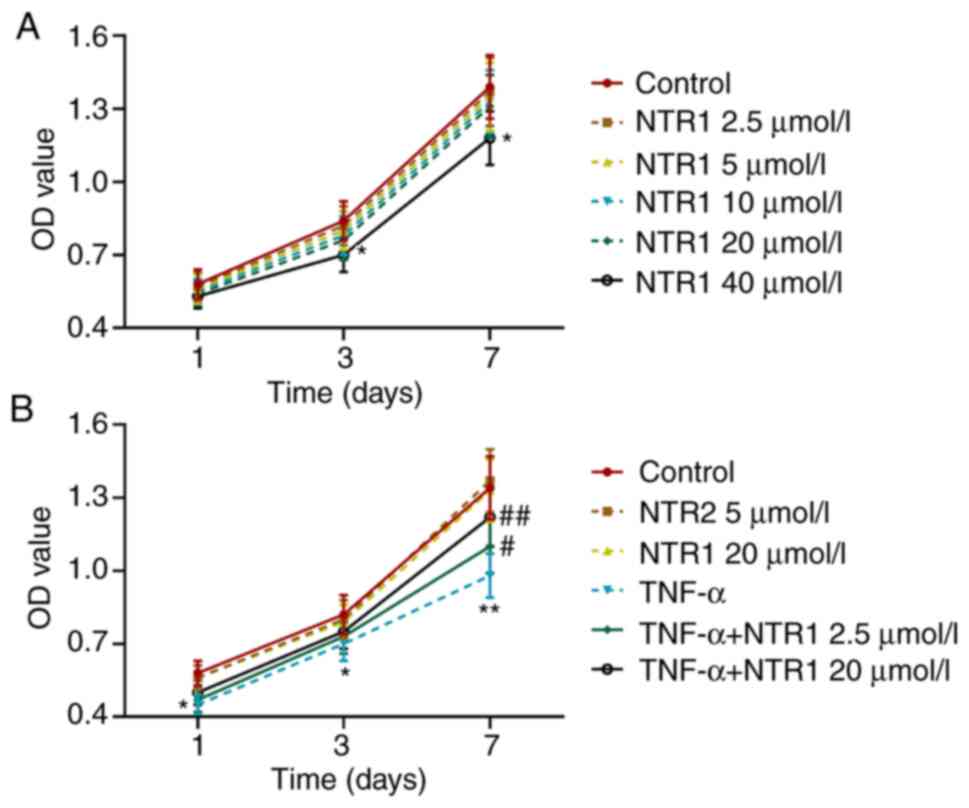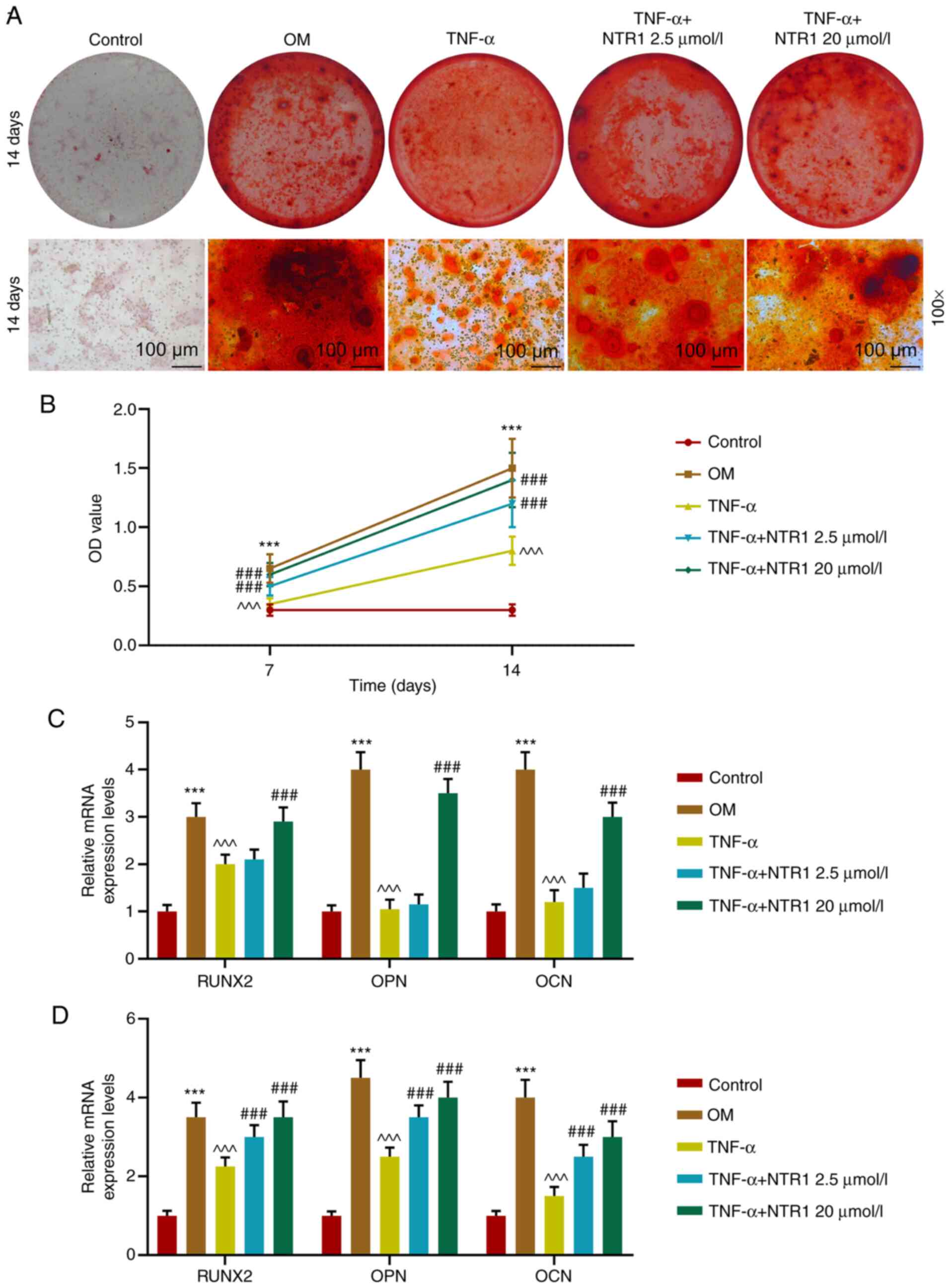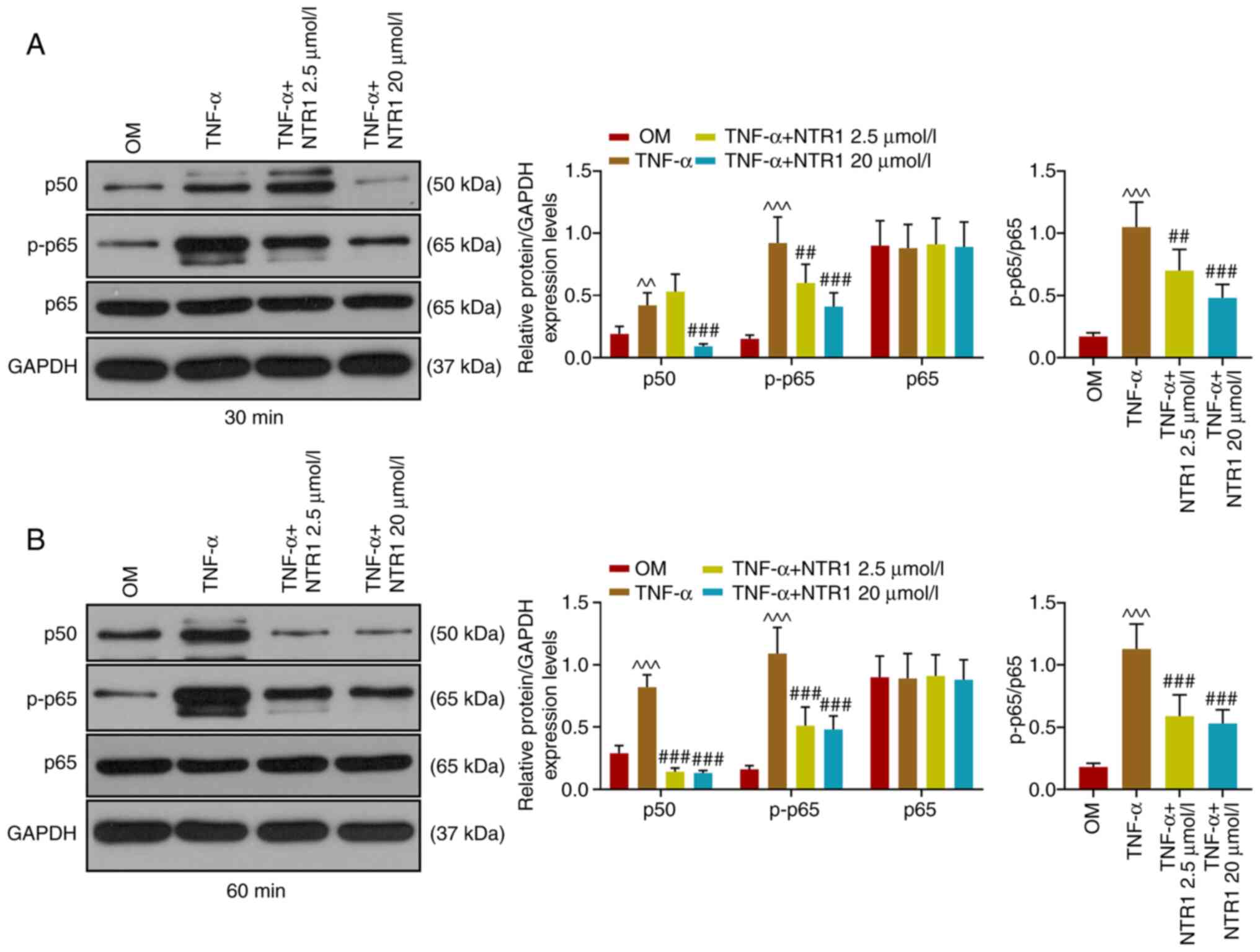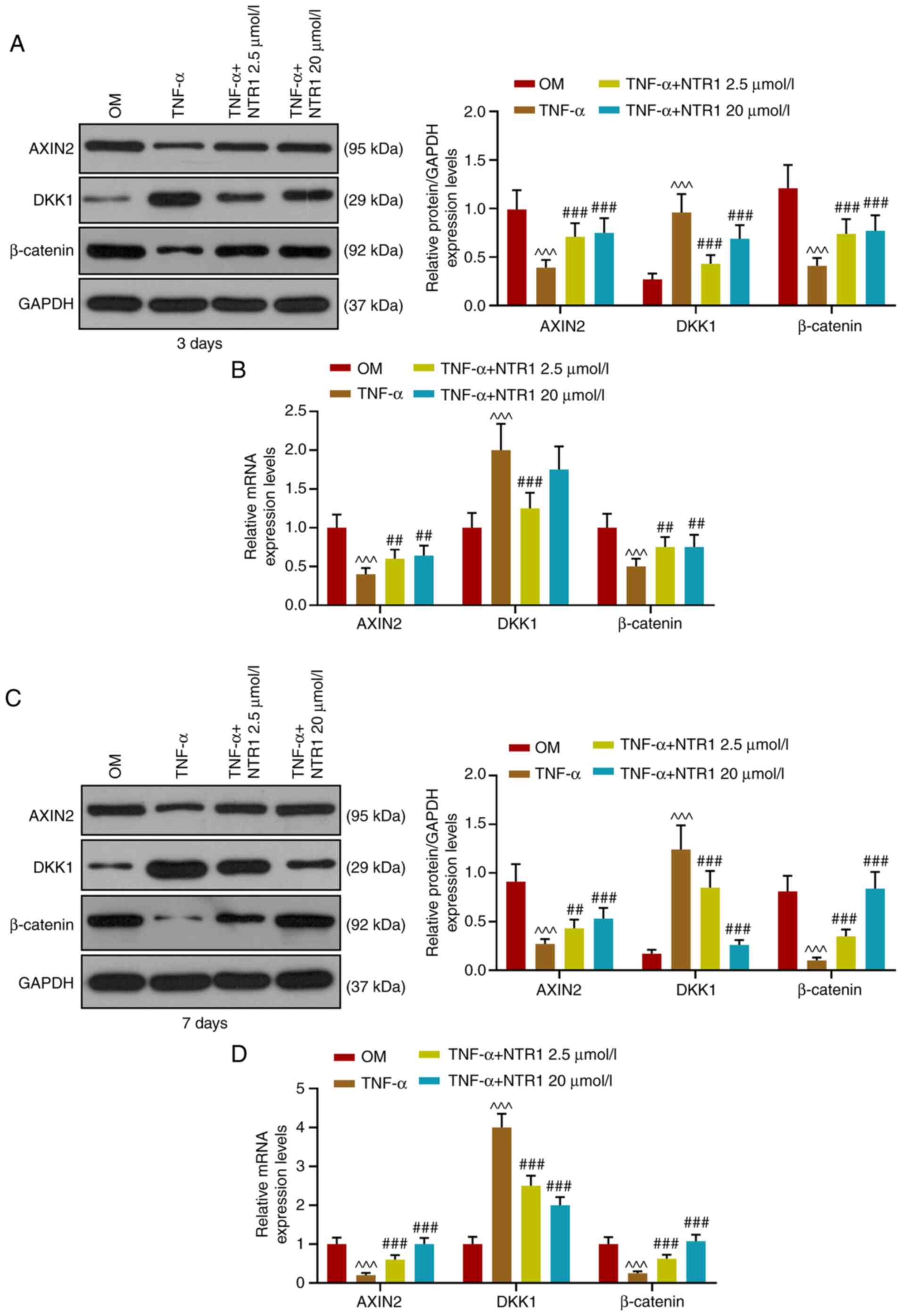|
1
|
Akintoye SO: The distinctive jaw and
alveolar bone regeneration. Oral Dis. 24:49–51. 2018. View Article : Google Scholar : PubMed/NCBI
|
|
2
|
Monje A, Chan HL, Galindo-Moreno P,
Elnayef B, Suarez-Lopez del Amo F, Wang F and Wang HL: Alveolar
bone architecture: A systematic review and meta-analysis. J
Periodontol. 86:1231–1248. 2015. View Article : Google Scholar : PubMed/NCBI
|
|
3
|
Araujo MG, Silva CO, Misawa M and Sukekava
F: Alveolar socket healing: What can we learn? Periodontology 2000.
68:122–134. 2015. View Article : Google Scholar : PubMed/NCBI
|
|
4
|
Branemark PI: Osseointegration and its
experimental background. J Prosthet Dent. 50:399–410. 1983.
View Article : Google Scholar : PubMed/NCBI
|
|
5
|
Smeets R, Stadlinger B, Schwarz F,
Beck-Broichsitter B, Jung O, Precht C, Kloss F, Grobe A, Heiland M
and Ebker T: Impact of dental implant surface modifications on
osseointegration. Biomed Res Int. 2016:62856202016. View Article : Google Scholar : PubMed/NCBI
|
|
6
|
Chen FM: Periodontal tissue engineering
and regeneration. Zhonghua Kou Qiang Yi Xue Za Zhi. 52:610–614.
2017.(In Chinese). PubMed/NCBI
|
|
7
|
Kalsi H, Rodriguez JM, Darbar U and
Bavisha K: The emergency dental appointment: Restorative
emergencies part 2-dental implant related problems. Prim Dent J.
6:62–70. 2017. View Article : Google Scholar : PubMed/NCBI
|
|
8
|
Su P, Du S, Li H, Li Z, Xin W and Zhang W:
Notoginsenoside R1 inhibits oxidized low-density lipoprotein
induced inflammatory cytokines production in human endothelial
EA.hy926 cells. Eur J Pharmacol. 770:9–15. 2016. View Article : Google Scholar : PubMed/NCBI
|
|
9
|
Liu Z, Wang H, Hou G, Cao H, Zhao Y and
Yang B: Notoginsenoside R1 protects oxygen and glucose
deprivation-induced injury by upregulation of miR-21 in
cardiomyocytes. J Cell Biochem. 120:9181–9192. 2019. View Article : Google Scholar : PubMed/NCBI
|
|
10
|
Yu Y, Sun G, Luo Y, Wang M, Chen R, Zhang
J, Ai Q, Xing N and Sun X: Cardioprotective effects of
Notoginsenoside R1 against ischemia/reperfusion injuries by
regulating oxidative stress- and endoplasmic reticulum
stress-related signaling pathways. Sci Rep. 6:217302016. View Article : Google Scholar : PubMed/NCBI
|
|
11
|
Zhang B, Zhang J, Zhang C, Zhang X, Ye J,
Kuang S, Sun G and Sun X: Notoginsenoside R1 protects against
diabetic cardiomyopathy through activating estrogen receptor alpha
and its downstream signaling. Front Pharmacol. 9:12272018.
View Article : Google Scholar : PubMed/NCBI
|
|
12
|
Liu Y, Lin Z, Guo J, Xu G, Li Y, Xu T, Lv
H, Chen J and Wu G: Notoginsenoside R1 significantly promotes in
vitro osteoblastogenesis. Int J Mol Med. 38:537–544. 2016.
View Article : Google Scholar : PubMed/NCBI
|
|
13
|
Zhao S, Yan L, Li X, Zhang Z, Sun Y and
Wang J: Notoginsenoside R1 suppresses wear particle-induced
osteolysis and RANKL mediated osteoclastogenesis in vivo and in
vitro. Int Immunopharmacol. 47:118–125. 2017. View Article : Google Scholar : PubMed/NCBI
|
|
14
|
Zhang J, Ding L, Wang B, Ren G, Sun A,
Deng C, Wei X, Mani S, Wang Z and Dou W: Notoginsenoside R1
attenuates experimental inflammatory bowel disease via pregnane X
receptor activation. J Pharmacol Exp Ther. 352:315–324. 2015.
View Article : Google Scholar : PubMed/NCBI
|
|
15
|
Zhong L, Zhou XL, Liu YS, Wang YM, Ma F,
Guo BL, Yan ZQ and Zhang QY: Estrogen receptor α mediates the
effects of notoginsenoside R1 on endotoxin-induced inflammatory and
apoptotic responses in H9c2 cardiomyocytes. Mol Med Rep.
12:119–126. 2015. View Article : Google Scholar : PubMed/NCBI
|
|
16
|
Kim W, Kim M and Jho EH: Wnt/β-catenin
signalling: From plasma membrane to nucleus. Biochem J. 450:9–21.
2013. View Article : Google Scholar : PubMed/NCBI
|
|
17
|
Yao Q, Yu C, Zhang X, Zhang K, Guo J and
Song L: Wnt/β-catenin signaling in osteoblasts regulates global
energy metabolism. Bone. 97:175–183. 2017. View Article : Google Scholar : PubMed/NCBI
|
|
18
|
Duan P and Bonewald LF: The role of the
wnt/β-catenin signaling pathway in formation and maintenance of
bone and teeth. Int J Biochem Cell Biol. 77:23–29. 2016. View Article : Google Scholar : PubMed/NCBI
|
|
19
|
Rossini M, Gatti D and Adami S:
Involvement of WNT/β-catenin signaling in the treatment of
osteoporosis. Calcif Tissue Int. 93:121–132. 2013. View Article : Google Scholar : PubMed/NCBI
|
|
20
|
Zhang X, Chen Q, Liu J, Fan C, Wei Q, Chen
Z and Mao X: Parthenolide promotes differentiation of osteoblasts
through the Wnt/β-catenin signaling pathway in inflammatory
environments. J Interferon Cytokine Res. 37:406–414. 2017.
View Article : Google Scholar : PubMed/NCBI
|
|
21
|
Li XT, Ma W, Wang XB, Liang Z, Yang JW, He
Y, Dai YF, Zhang T, Wang JW, Liu KP, et al: Notoginsenoside R1
promotes the growth of neonatal rat cortical neurons via the
Wnt/β-catenin signaling pathway. CNS Neurol Disord Drug Targets.
17:547–556. 2018. View Article : Google Scholar : PubMed/NCBI
|
|
22
|
Coates DE, Zafar S and Milne TJ:
Quantitative real-time gene profiling of human alveolar
osteoblasts. Methods Mol Biol. 1537:447–459. 2017. View Article : Google Scholar : PubMed/NCBI
|
|
23
|
Zelova H and Hosek J: TNF-α signalling and
inflammation: interactions between old acquaintances. Inflamm Res.
62:641–651. 2013. View Article : Google Scholar : PubMed/NCBI
|
|
24
|
Giannoudis PV, Hak D, Sanders D, Donohoe
E, Tosounidis T and Bahney C: Inflammation, bone healing, and
anti-inflammatory drugs: An Update. J Orthop Trauma. 29 (Suppl
12):S6–S9. 2015. View Article : Google Scholar : PubMed/NCBI
|
|
25
|
Jeong BC: ATF3 mediates the inhibitory
action of TNF-alpha on osteoblast differentiation through the JNK
signaling pathway. Biochem Biophys Res Commun. 499:696–701. 2018.
View Article : Google Scholar : PubMed/NCBI
|
|
26
|
Wang YL, He H, Liu ZJ, Cao ZG, Wang XY,
Yang K, Fang Y, Han M, Zhang C and Huo FY: Effects of TNF-α on
cementoblast differentiation, mineralization, and apoptosis. J Dent
Res. 94:1225–1232. 2015. View Article : Google Scholar : PubMed/NCBI
|
|
27
|
Goseki M, Oida S, Takeda K, Ogata Y,
Iimura T, Maruoka Y and Sasaki S: Identification of bone-type
alkaline phosphatase mRNA from human periodontal ligament cells. J
Dent Res. 74:319–322. 1995. View Article : Google Scholar : PubMed/NCBI
|
|
28
|
Komori T: Regulation of osteoblast
differentiation by transcription factors. J Cell Biochem.
99:1233–1239. 2006. View Article : Google Scholar : PubMed/NCBI
|
|
29
|
Janus P, Pakuła-Cis M, Kalinowska-Herok M,
Kashchak N, Szołtysek K, Pigłowski W, Widlak W, Kimmel M and Widlak
P: NF-κB signaling pathway is inhibited by heat shock independently
of active transcription factor HSF1 and increased levels of
inducible heat shock proteins. Genes Cells. 16:1168–1175. 2011.
View Article : Google Scholar : PubMed/NCBI
|
|
30
|
Ikehata M, Yamada A, Morimura N, Itose M,
Suzawa T, Shirota T, Chikazu D and Kamijo R: Wnt/β-catenin
signaling activates nephronectin expression in osteoblasts. Biochem
Biophys Res Commun. 484:231–234. 2017. View Article : Google Scholar : PubMed/NCBI
|
|
31
|
Tortelote GG, Reis RR, de Almeida Mendes F
and Abreu JG: Complexity of the Wnt/β-catenin pathway: Searching
for an activation model. Cell Signal. 40:30–43. 2017. View Article : Google Scholar : PubMed/NCBI
|
|
32
|
Liaw K, Delfini RH and Abrahams JJ: Dental
implant complications. Semin Ultrasound CT MR. 36:427–433. 2015.
View Article : Google Scholar : PubMed/NCBI
|















